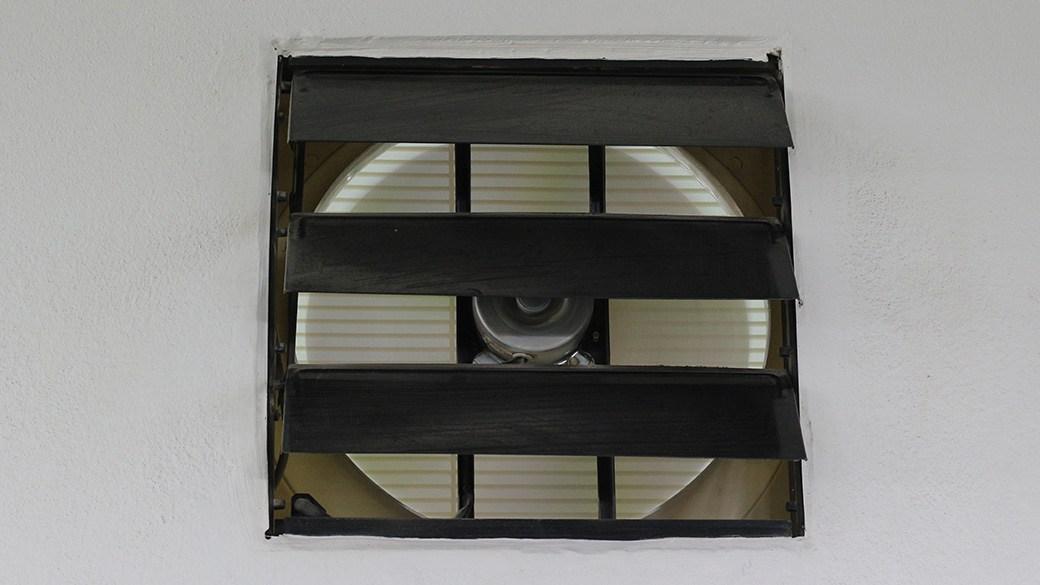
Stay cool and save energy with the best solar attic fans
Which solar attic fan is best?
As most homeowners already know, attics can get extremely hot. Lacking the proper ventilation found in the rest of the home, these upper rooms can feel like they’re baking in the sun, sometimes leaving you with room temperatures that regularly exceed 100 degrees in the summer.
Hoping to take advantage of the sun rays that relentlessly beat down on their roofs, many consumers are purchasing solar attic fans because they require no electricity, reduce their carbon footprint and perform just as well as conventional fans. Yet, since installation is required for many solar attic fans, you’ll want to be as informed as possible before making a purchase.
What to consider when buying a solar attic fan
Roof-mounted vs. gable-mounted vs. portable
There are three primary types of solar attic fans available: roof-mounted, gable-mounted and portable. The best type for your home is dependent on the shape and size of your roof. Is your roof flat or pitched? Does it have a gable wall with a vent? These are just a few of the questions you should consider before choosing the most convenient solar attic fan for you.
Roof-mounted: The most efficient and powerful type of solar attic fan available are the roof-mounted fans. They are more expensive than the other types and typically require a relatively complex installation. Hiring a technician is usually recommended since you’ll need to properly create a vent hole in the roof before installing the fan itself. While this installation process can be lengthy and expensive, roof-mounted fans naturally get the most solar power, which can save you electricity costs in the long run.
Gable-mounted: If your roof has a gable with a vent, then a gable-mounted solar attic fan is recommended. Instead of creating a hole in your roof, the fan can be installed by simply attaching it to the vent. While installation is much simpler than it is with roof-mounted fans, the placement on the gable means you won’t get as much direct sunlight and, hence, less power.
Portable: Considered the most convenient type, portable solar attic fans require minimal installation and can be placed almost anywhere that the sunlight reaches. These fans are usually affordable and lightweight, meaning you can move them from your attic to another room with ease. However, since these fans offer very little ventilation and are usually smaller than their mounted counterparts, you can expect to receive much less power and airflow.
CFM and wattage
A fan’s power is usually determined by the cubic feet per minute of air being moved. To determine the minimum cubic feet per minute that your attic will need, a simple rule of thumb is to multiply your square attic footage by 0.7.
You should also search for a solar attic fan with a high wattage. Without a high wattage, a fan with a high CFM will be much less effective. Most solar attic fans are between 20 watts and 40 watts. A 20-watt fan will be appropriate for attics 1,800 square feet and under, while a powerful 40-watt fan is suitable for spaces up to 3,400 square feet.
Warranty
Since a high-quality solar attic fan could potentially operate for up to thirty years, it’s important to search for a product that comes with a long warranty. While many solar attic fans come with a five- to 15-year warranty, some brands offer a lifetime warranty for their products. This is an appealing incentive that might come in handy if your attic fan ever malfunctions.
Solar tax credits
Depending on the solar attic fan you choose, you might be eligible to claim a federal tax credit. Since a solar attic fan is considered a residential solar photovoltaic system, you might be able to claim a tax credit for a percentage of the unit’s cost — up to 30%. Eligibility depends on the date of installation and your home’s electricity consumption.
Features
Some solar attic fans come with features like smart thermostats and wireless solar panels. Others may include rotating panels, so you never miss direct sunlight. Moreover, if your area experiences a lot of rain, you can look for fans with waterproof screens. These features typically increase the fan’s price but could make up for it in overall convenience.
What’s the best solar attic fan to buy?
Top roof-mounted solar attic fan
iLIVING HYBRID Ready Smart Thermostat Solar Roof Attic Exhaust Fan
What you need to know: This powerful solar attic fan uses 1,750 cubic feet per minute of power to cover an area of up to 2,500 square feet.
What you’ll love: In addition to its cooling abilities, this fan comes with features like a smart thermostat, a screen guard and on/off control.
What you should consider: With only 20 watts of power, it may not be suitable for larger attics. It’s also more expensive than other models.
Top gable-mounted solar attic fan
What you need to know: This attic fan has an extra-large solar panel that generates up to 50 watts of green electricity.
What you’ll love: This solar attic fan is affordable, functional and easy to install. Amtrak also offers a 25-year warranty and a free thermostat upon request.
What you should consider: At a mere 14 inches, it’s likely that this attic fan will only cool down small attics.
Top portable solar attic fan
ECO-WORTHY 25W Solar Powered Attic Fan
What you need to know: This simple fan is lightweight and portable, with a foldable solar panel and a plug-and-play design.
What you’ll love: This ready-to-use solar fan has 30 watts of max power and an adjustable panel that offers limitless mounting potential.
What you should consider: The fan itself only has a one-year warranty, while the solar panel is protected for five years.
Prices listed reflect time and date of publication and are subject to change.
Check out our Daily Deals for the best products at the best prices and sign up here to receive the BestReviews weekly newsletter full of shopping inspo and sales.
BestReviews spends thousands of hours researching, analyzing and testing products to recommend the best picks for most consumers. BestReviews and its newspaper partners may earn a commission if you purchase a product through one of our links.


